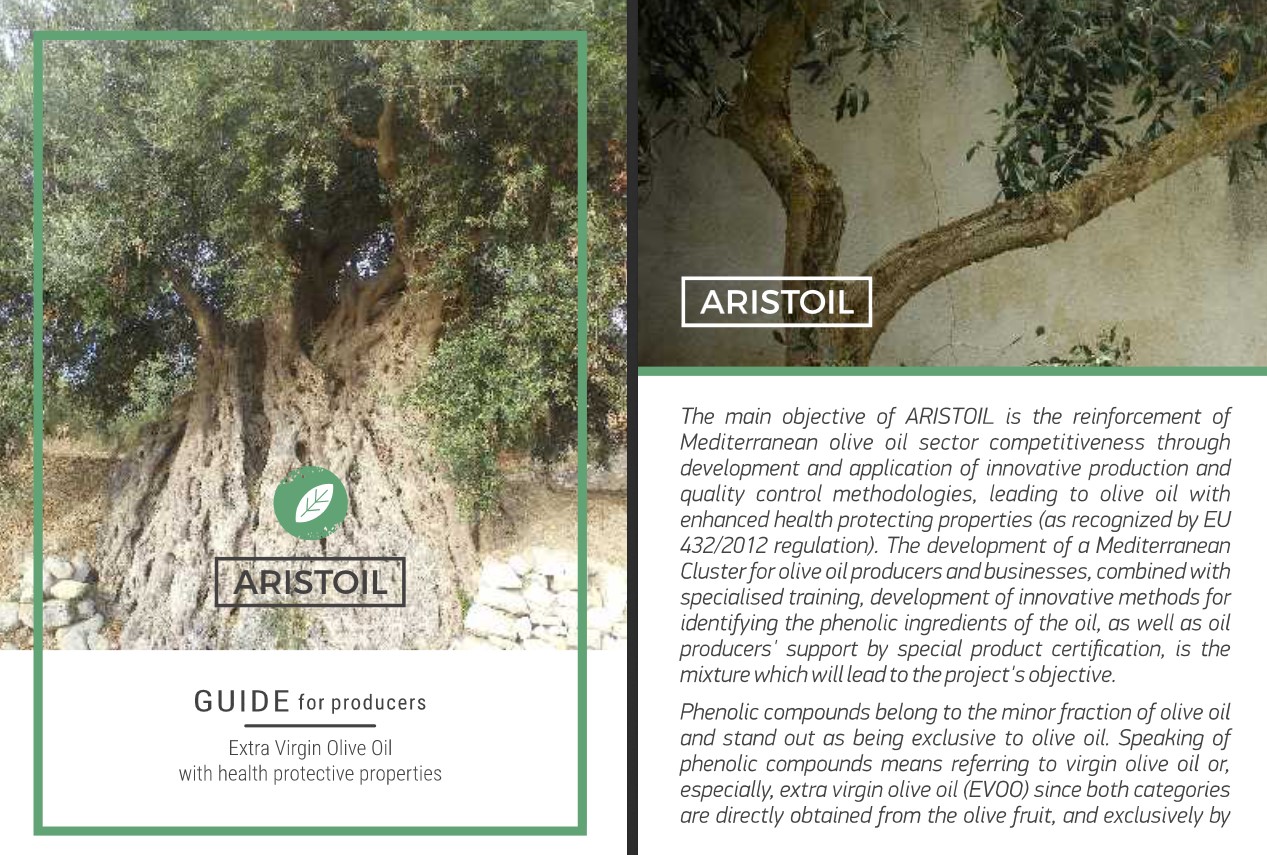Following the study and test phase of the project we have developed tools and guidelines for producers and olive oil sector key players for the production of health-protective olive oil. The guidelines for the production of EVOO are the best reference to obtain a product with high phenolic content. Any anomaly that occurs before, during or aſter harvesting can have a significant effect on the antioxidants content, with special emphasis on polyphenolic compounds. Obviously, the weather during the harvest period is a key aspect in this regard to ensure the quality of the olive fruit.
A crucial aspect is the collection of high-quality olive fruits and, for this purpose, the protection of fruits in the orchard against pests and diseases is essential. According to the different results provided by the five countries participating in the project several documents have been produced offering guidelines for the production of extra virgin olive oil with high phenolic content. One of the aspects to be considered is the huge variability found for the different countries in terms of cultivars, agronomical practices, production technologies, etc.
The results and conclusions obtained from the operation of the two certification centers in the Department of Analytical Chemistry of the University of Cordoba and the Department of Pharmacognosy and Natural Products Chemistry of the National and Kapodistrian University of Greece are presented in the deliverables listed in this link:

